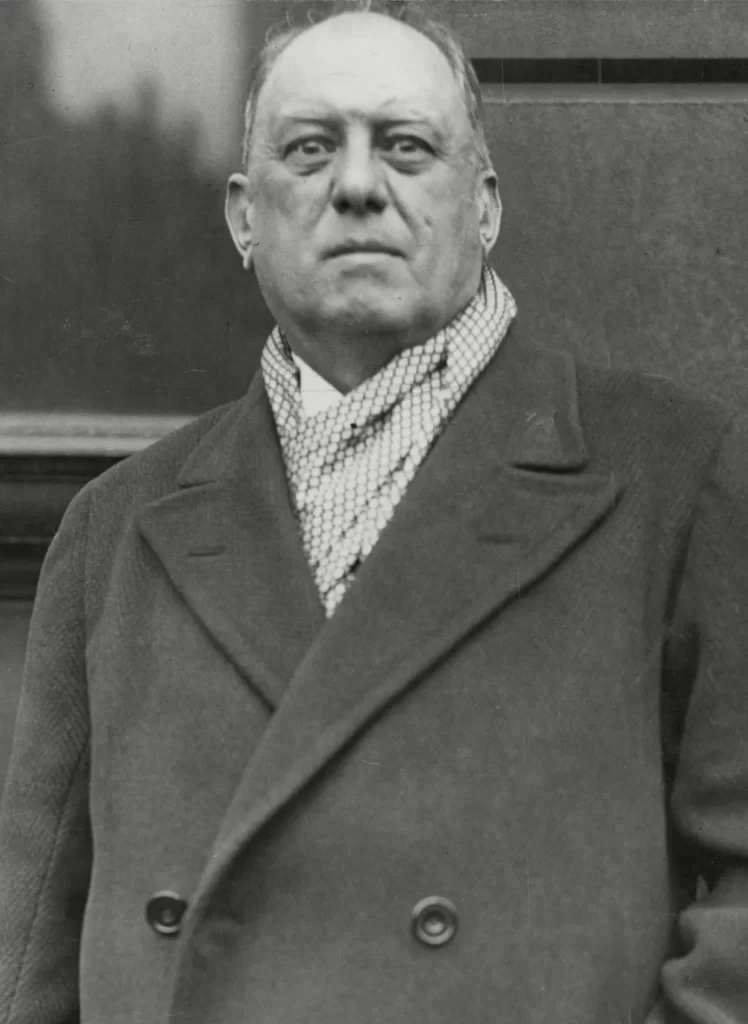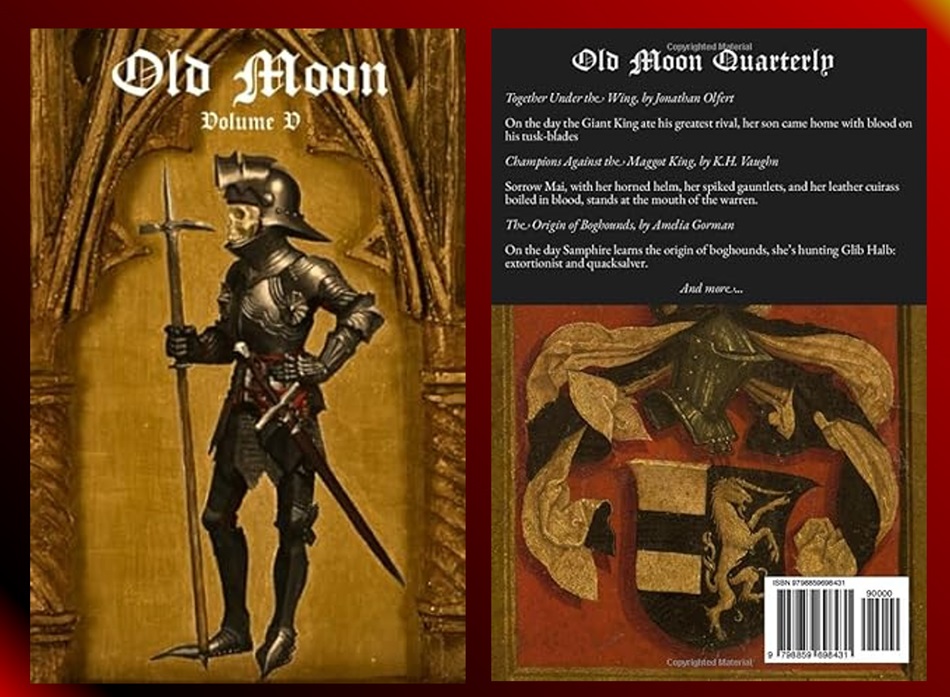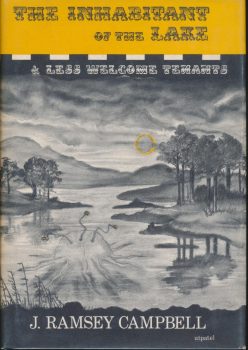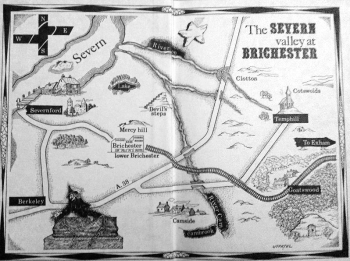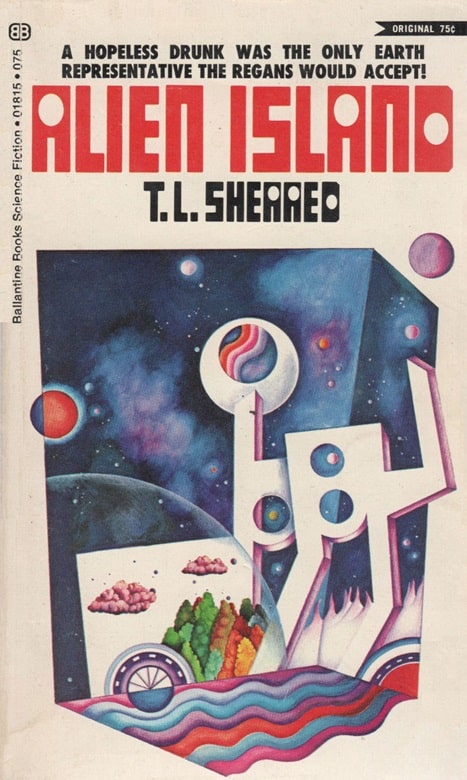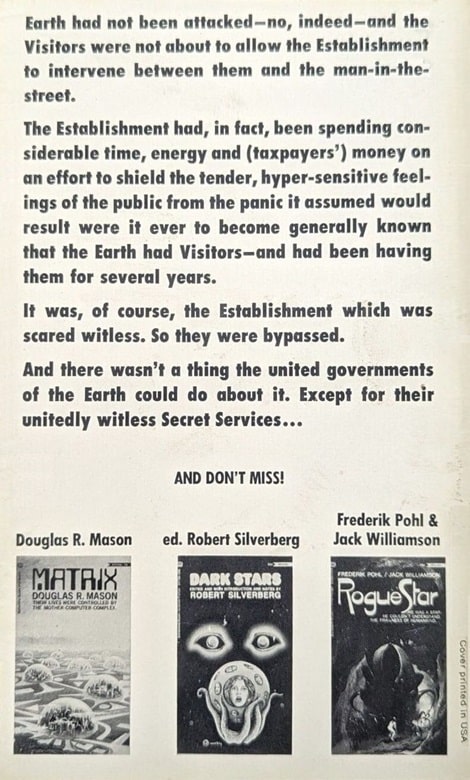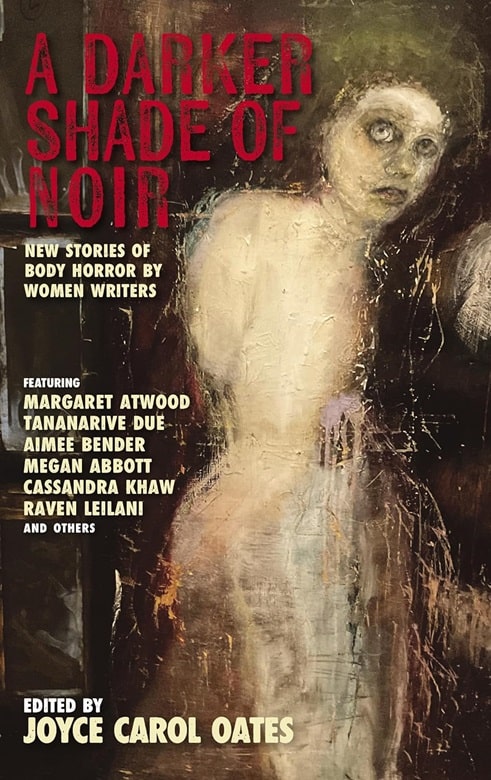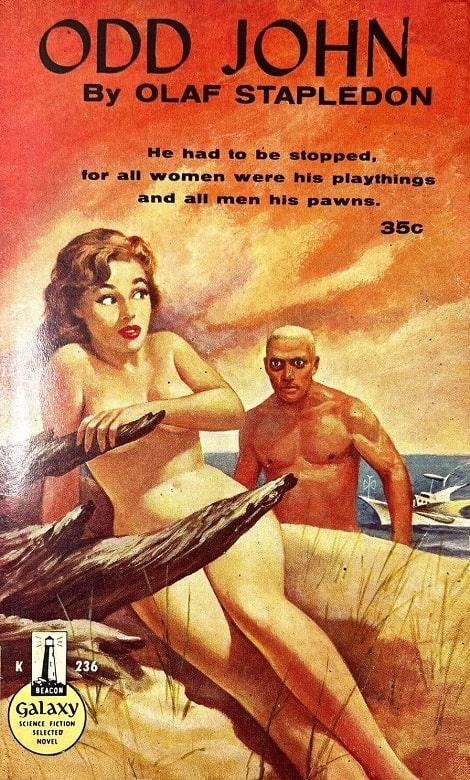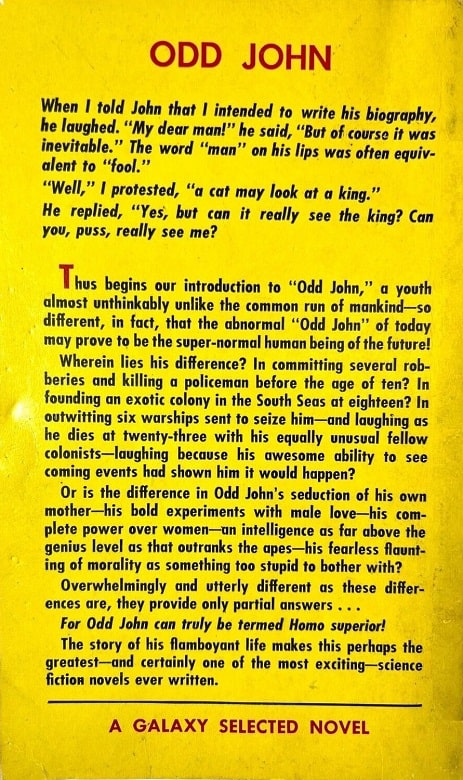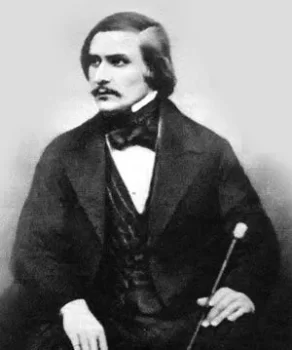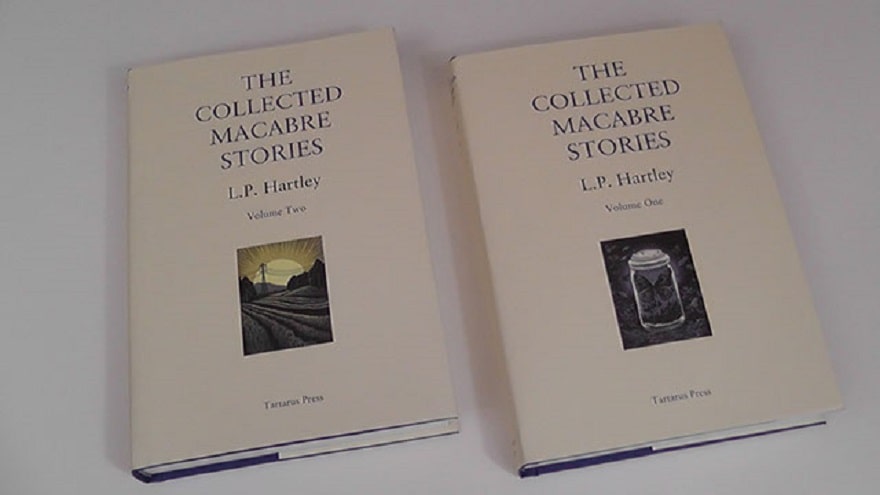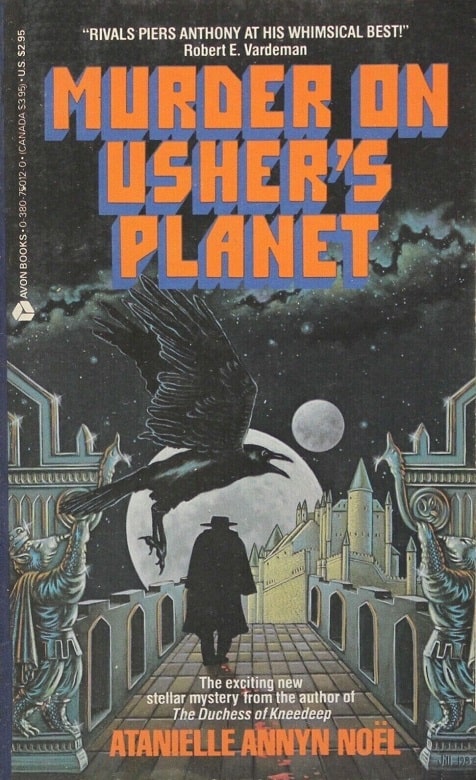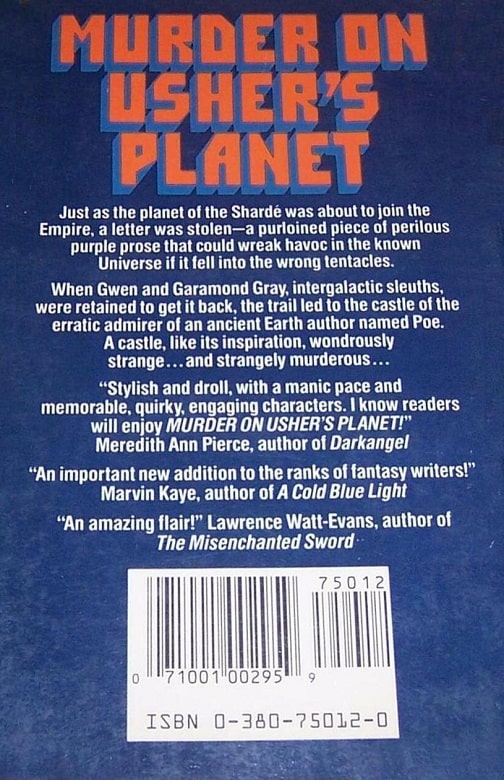The Art and Act of Story-telling: Evenmere Tales and Other Stories by James Stoddard
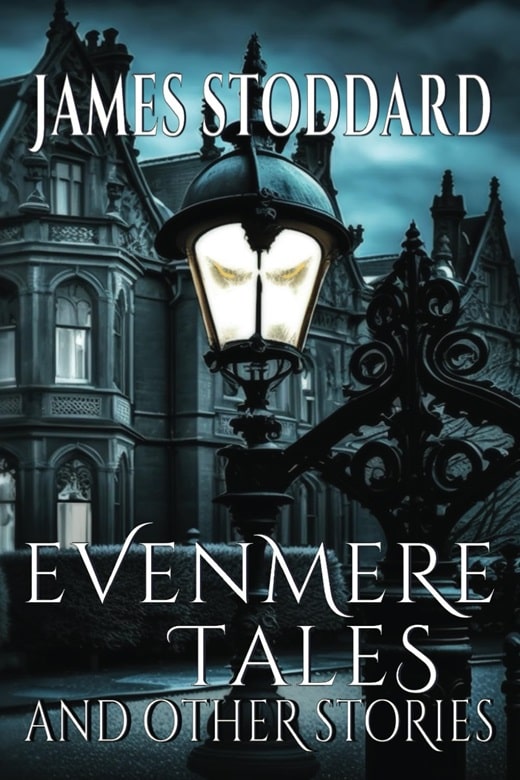 |
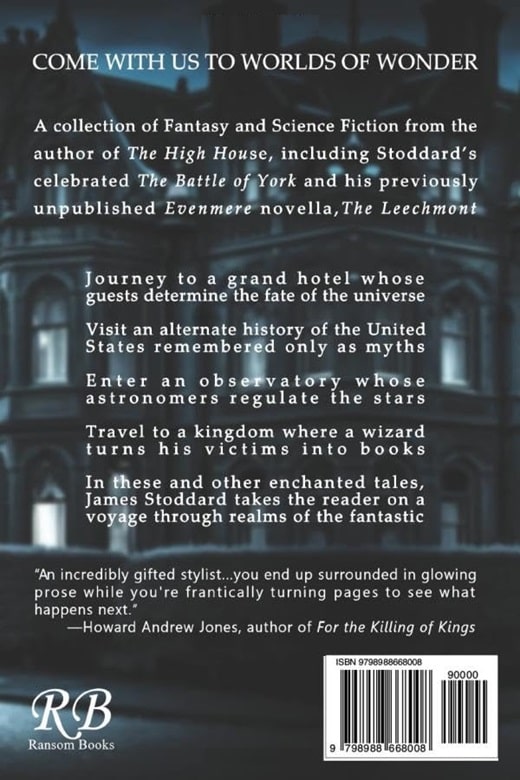 |
Evenmere Tales and Other Stories (Ransom House, October 23, 2023)
James Stoddard, author of six novels including the delightful Evenmere trilogy (The High House, The False House, and Evenmere), has finally released a complete collection of his short stories. These stories at their best are first rate American fantasy. Even when they are not at their best, they are worth reading. Stoddard’s ambitions are extraordinary, and achieved often enough that he should be read, and read again.
Stoddard’s complete collection is slim — Evenmere Tales contains eleven tales, ranging from short story to novella. The oldest is “The Perfect Day,” a Bradburyesque tale published in 1985; the newest is the Evenmere novella “The Leechmont,” published here for the first time. Six appeared in The Magazine of Fantasy and Science Fiction between 2002 and 2011 — “The Star Watch” (Evenmere), “The Battle of York,” “The Star to Every Wandering Barque,” “The First Editions,” “Christmas at Hostage Canyon,” and “The Ifs of Time” (Evenmere). Three were published in various outlets between 2011 and 2020, although some were written earlier: “The Last Roadmaker,” “Day of the Shark,” and “Cage of Honor.” “The Coasts of Hope,” published in 2017 in a Hungarian magazine, is not included.
